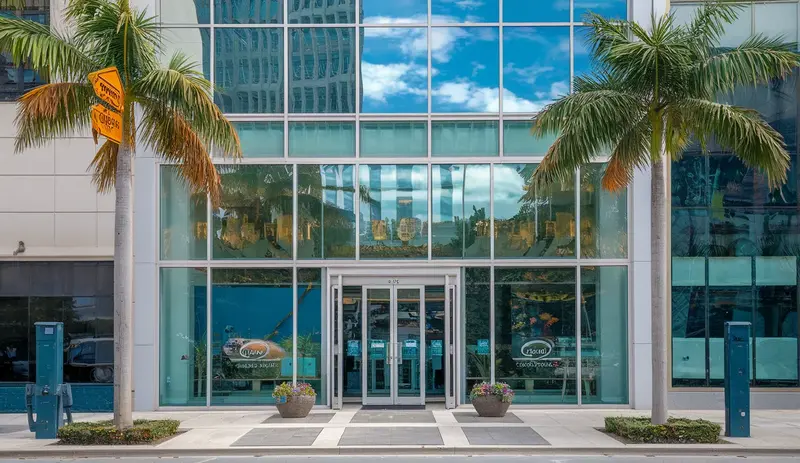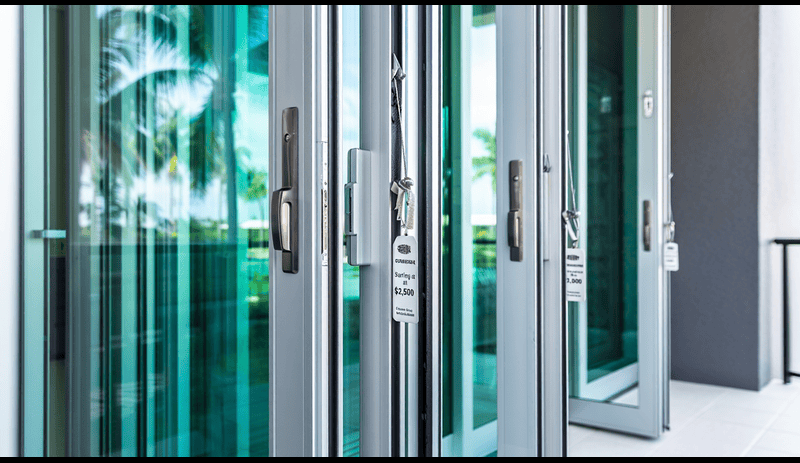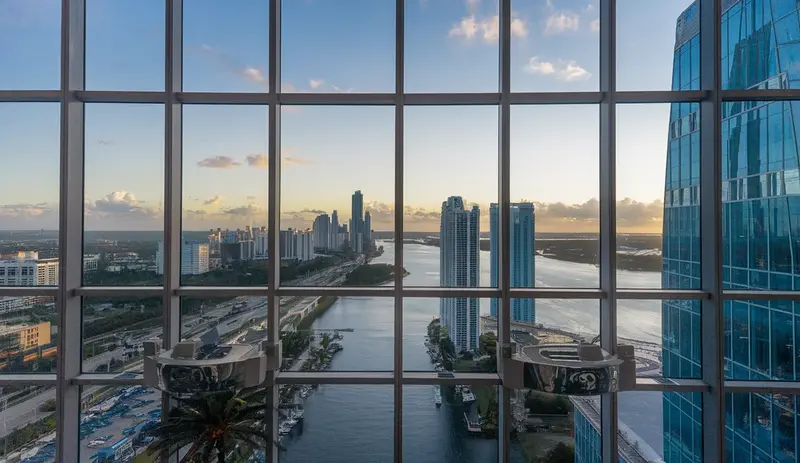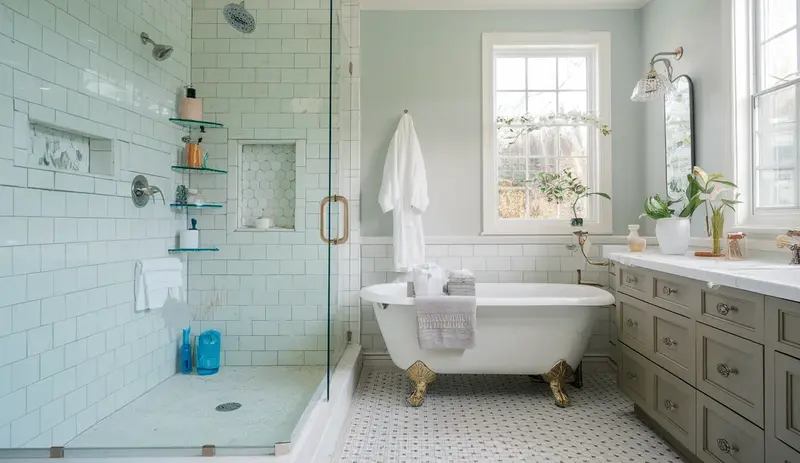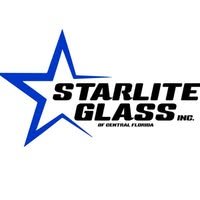Florida’s unique architectural landscape demands specific considerations for storefront glass installations. Business owners often struggle with understanding height limitations, safety requirements, and structural integrity when planning commercial glass designs.
This comprehensive guide will explore storefront glass height regulations, structural considerations, and critical factors that impact glass installation in Central Florida’s demanding environment. We’ll help property owners navigate complex building codes and make informed decisions about their commercial glass projects.
Glass Height Limits for Florida Storefronts: What to Keep in Mind
Commercial storefronts in Florida are known for big glass walls that pull people inside and show off the goods. At Starlite Glass, we understand that these glass installations must balance aesthetics with safety, especially in hurricane-prone regions.
Typical Height Ranges Between 10 and 20 Feet
The Florida Building Code normally caps storefront glass somewhere between ten and twenty feet tall. Every extra inch adds more wind pressure, more impact-strength required, and bigger support from the frames and bolts.
Engineers treat a glass panel like a cantilever that sticks out from the building. In a strong storm, the wind pressure can top 150 psf. Because pressure goes up with the area, a ten-foot pane feels about half the force of a twenty-foot pane in the same wind.
Because of this, codes often demand thicker tempered or laminated glass from Starlite Glass – about a quarter of an inch at ten feet, moving up to half an inch at twenty feet – to keep safety a priority.
Why Height Limits Vary by Location
The main reason the limit moves is the wind-load rule in Chapter 16 of the code. Florida is split into wind-speed zones – for example, Zone 5 on the Atlantic coast, Zone 4 further inland.
Miami-Dade County adds stricter extra rules because it faces the open Atlantic, while Orlando can allow slightly taller glass panels since its wind speeds are usually lower. Other factors include proximity to the shoreline, building occupancy, and surrounding wind patterns.
You May Like To Read: Do Steam Cleaners Clean Shower Glass?
Safety Considerations for Tall Glass Panels
Safety can’t be traded for appearance. Most storefront glass must be tempered, breaking into small, low-mass pieces less likely to cause injury. As panel height increases, the chance of wind-carried debris impact rises.
Starlite Glass recommends extra layers or laminates – usually a PVB film between two panes – to enhance protection. Engineers analyze each foot added as a new load case, considering wind pressure and moment arm requirements.
During hurricanes, debris can hit at over 100 mph. Standards like ASTM E1886/E1996 require glass to survive these impacts without completely shattering, which is why thickness often increases with height.
Design Challenges with Large Glass Walls
Creating an attractive storefront while maintaining structural integrity is challenging. High-performing glazing helps cut cooling bills in Florida’s hot climate, but these layers add weight and can complicate thermal expansion.
Starlite Glass uses frames strong enough to hold the load without looking bulky, typically using aluminum with thermal breaks and reinforced corners. These systems cost more but can provide energy savings over time.
Professional Recommendations
Because of complex interactions between codes, wind calculations, and material choices, consulting a licensed structural engineer early is crucial. They can run wind-load checks and ensure proper glass and frame selection.
At Starlite Glass, we recommend getting engineering input during schematic design. This approach helps designers select glass that meets safety rules while maintaining an open, bright appearance.
Common Mistakes to Avoid
The biggest error is treating glass as merely decorative and ignoring its structural role. Skipping detailed wind-load calculations can lead to inadequate mullions that may fail during storms.
Using inappropriate glass types, forgetting local coastal provisions, and neglecting thermal expansion can cause significant problems. Starlite Glass always recommends a comprehensive feasibility check before any installation.
Ultimately, determining storefront glass height in Florida involves balancing state codes, wind-load science, safety requirements, and design goals. Proper planning ensures a beautiful, resilient storefront that can withstand Florida’s challenging weather conditions.

